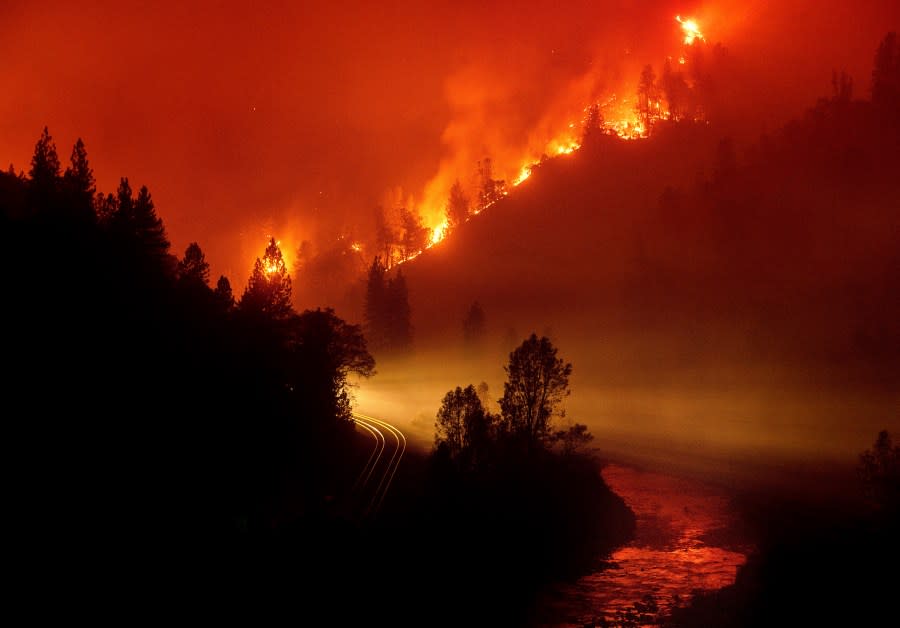Wildfires may be emitting more carbon and toxic chemicals than assumed, by changing soil composition: Study

Wildfires may be releasing more planet-warming carbon dioxide and toxic chemicals than previously anticipated — by changing the composition of the soil systems that they burn, a new study has found.
The charcoal-like remnants of charred wood and other organic compounds, collectively known as black carbon, may not be trapping carbon dioxide for as long as scientists have hope, according to the study, published on Tuesday in Nature Reviews Earth & Environment.
“Carbon that’s gone through forest fires and becomes black carbon can actually turn more readily into carbon dioxide by microbes than previously thought,” co-author Scott Fendorf, a professor at Stanford University’s Doerr School of Sustainability, said in a statement.
Wildfires can benefit ecosystems in many ways, such as increasing the nitrogen content in soils and the water solubility of organic carbon — fostering regrowth, the researchers acknowledged.
Nonetheless, that recovery also hinges upon the presence of other chemicals, called karrikins as many seeds can only germinate if enough of these molecules are present, the authors noted.
Meanwhile, wildfires can also double the soil concentration of toxic chemicals called “polycyclic aromatic hydrocarbons,” which can trigger reactions that prevent revegetation. Such effects, according to the authors, might explain why trees have struggled to reestablish after wildfires have scorched areas of the Rocky Mountains.
To explore how wildfires impact soil organic matter, the researchers conducted a wide-ranging review of recent relevant studies, which included data from lab-based simulations and field observations.
By taking this approach, the scientists were able to “mesh organic and inorganic chemistry together” rather than considering just one wildfire-related focus area, according to co-lead author Claudia Avila, a Stanford postdoctoral scholar during the study and now an assistant professor at the University of San Diego.
“A better understanding of the molecular mechanisms in soil can help explain, for instance, why drinking water from a forest fire-impacted watershed is suddenly more toxic, or why a forest is not coming back,” senior author Thomas Borch, a Colorado State University soil chemist, said in a statement.
One way a wildfire can contaminate a watershed is by altering metals into more dangerous forms that can move through the environment and then end up in the water supply, the authors explained.
For example, they identified high levels of a hazardous form of chromium at many burn sites — resulting from the heat-induced conversion of naturally occurring, harmless forms of the metal. At sites on which long-lasting fires cooked soil at high temperatures, the contamination persisted for months until the next big rain event, according to the study.
The authors expressed hopes that their findings could help inform future wildfire management strategies and thereby mitigate risks like the release of toxic metals into drinking water supplies.
“By identifying an area that has a high potential for, say, chromium release, we can call for prescribed burns that are lower intensity and reduce the potential for high-intensity, toxin-releasing fires,” Avila said.
For the latest news, weather, sports, and streaming video, head to The Hill.

